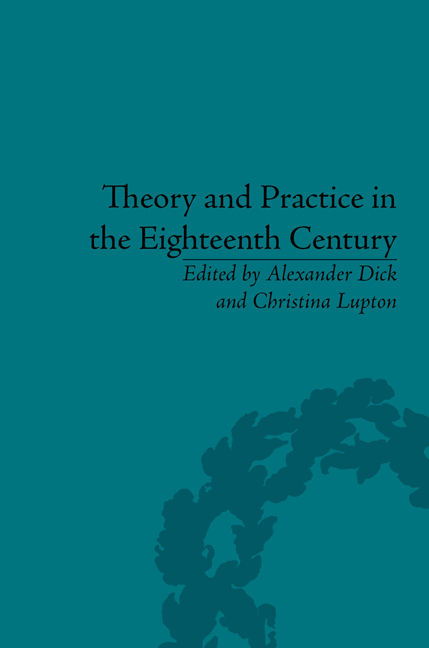Book contents
- Frontmatter
- CONTENTS
- Notes on Contributors
- Introduction
- I Writing Philosophy
- II Reading Hume
- III Thinking Literature
- 9 The Epistemology of Genre
- 10 The Primitive in Adam Smith's History
- 11 Can Julie Be Trusted? Rousseau and the Crisis of Constancy in Eighteenth-Century Philosophy
- 12 After the Summum Bonum: Novels, Treatises and the Enquiry after Happiness
- 13 Music vs Conscience in Wordsworth's Poetry
- Notes
- Works Cited
- Index
10 - The Primitive in Adam Smith's History
from III - Thinking Literature
- Frontmatter
- CONTENTS
- Notes on Contributors
- Introduction
- I Writing Philosophy
- II Reading Hume
- III Thinking Literature
- 9 The Epistemology of Genre
- 10 The Primitive in Adam Smith's History
- 11 Can Julie Be Trusted? Rousseau and the Crisis of Constancy in Eighteenth-Century Philosophy
- 12 After the Summum Bonum: Novels, Treatises and the Enquiry after Happiness
- 13 Music vs Conscience in Wordsworth's Poetry
- Notes
- Works Cited
- Index
Summary
The life of a savage, when we take a distant view of it, seems to be a life either of profound indolence, or of great and astonishing adventures; and both these qualities serve to render the description of it agreeable to the imagination. The passion of all young people for pastoral poetry, which describes the amusements of the indolent life of a shepherd; and for books of chivalry and romance, which describe the most dangerous and extravagant adventures, is the effect of this natural taste for these two seemingly inconsistent objects. In the descriptions of the manners of savages, we expect to meet with both these: and no author ever proposed to treat of this subject who did not excite the public curiosity. (Adam Smith, Letter to the Edinburgh Review, March 1756)
1
On the night of 11 July 1790, a few days before his death, Adam Smith ordered his two literary executors, Joseph Black and James Hutton, to burn all of his manuscripts, with the exception of a handful of essays. Smith thus ensured that, barring these short pieces, no incomplete work would be posthumously added to the two monuments of his career, The Theory of Moral Sentiments (1759) and The Wealth of Nations (1776). It is generally assumed that the manuscripts destroyed that night were versions, or portions, of two major works, long projected by Smith, one a treatise on the ‘History of Law and Government’, and the other a study of ‘the different branches of Literature’. These are the ‘two … great works’ Smith described as ‘upon the anvil’ in his letter of 1 November 1785 to the Duc de la Rochefoucauld. Detailed student notes from Smith's lecture courses on jurisprudence and on literature and rhetoric later surfaced, collected as the Lectures on Rhetoric and Belles Lettres and the Lectures on Jurisprudence, and give us some access to Smith's thought on these topics. However, the loss of these two long-planned works on literature and legal-political history is enormous.
- Type
- Chapter
- Information
- Theory and Practice in the Eighteenth CenturyWriting Between Philosophy and Literature, pp. 177 - 192Publisher: Pickering & ChattoFirst published in: 2014



